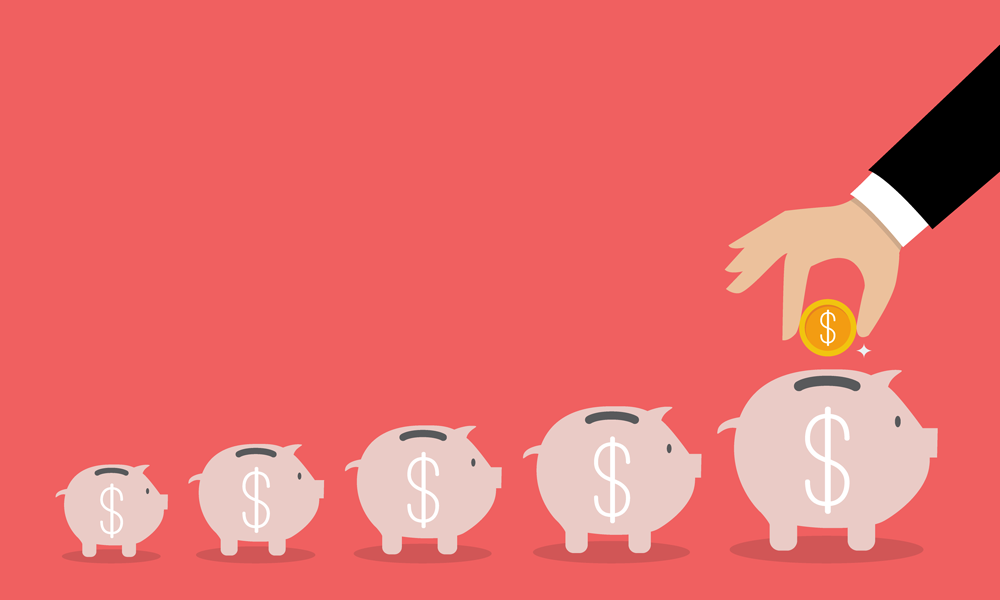Get the future you want: Make a financial plan – Part 2: Rainy Day Fund
In the previous, introductory article to this series, Part 1, we defined just what financial planning is. Not unlike planning your dream house, you figure out where you want to be: that is, your values. And, what you want your life to look like: your goals. In this second article, we examine the importance of putting money aside for your dream future.
A rainy day fund: The day to start is now
In life you have to expect the unexpected. But you can prepare for it – by saving your money.
You’ve probably heard the expression “rainy day fund,” meaning money you put aside for something unexpected. It’s an old expression, but a tried-and-true one – proving that traditional wisdom is often the best wisdom.
Here’s a good way to start that fund. Stash away up to six months’ worth of fixed expenses. Put it in a redeemable, zero-risk interest account, such as a Manulife Bank high-interest account.
Resolve only to dip into this account for unexpected emergencies, such as car repair, or having to replace your water heater or the roof of your house. Or, for income replacement in case you lose your job. You get the idea: Don’t touch the money except in case of emergency!
The thing is, if an emergency or opportunity does occur, we don’t want you to dip into your RRSP, TFSA or line of credit. Nor do we want you to refinance your home or get a loan. All these would take away from your other strategies and financial plan. That’s what this rainy day fund is for.
But also view the fund as an opportunity account. The money you are faithfully and regularly putting aside will be readily available as liquid cash to invest when an opportunity comes up to better your life; say, a real estate opportunity.
Keep saving into that rainy day fund. Unless there’s an emergency or opportunity, don’t raid the fund. In fact, don’t even consider it unless you need the cash readily available to pay for an unexpected cost or to invest in something.
All this means that you’re continuing to save money. You’re building chances for opportunities – and opportunities are your future.
In Part 3 of this series, we’ll look at the importance of insurance: of protecting your family, yourself and your assets by setting up the safety net of a solid insurance plan. In paying monthly, quarterly or annual premiums, you transfer all financial risk in case of calamity to the insurance company. We’ll discover the different types of insurance, and how some of them can work for you.
Be sure to join me as I discuss how Your financial plan depends on risk management.

 By Steven Bicego, B.Comm | Insurance and Investment Advisor
By Steven Bicego, B.Comm | Insurance and Investment Advisor